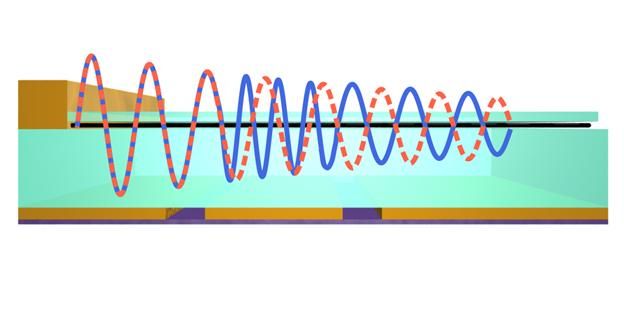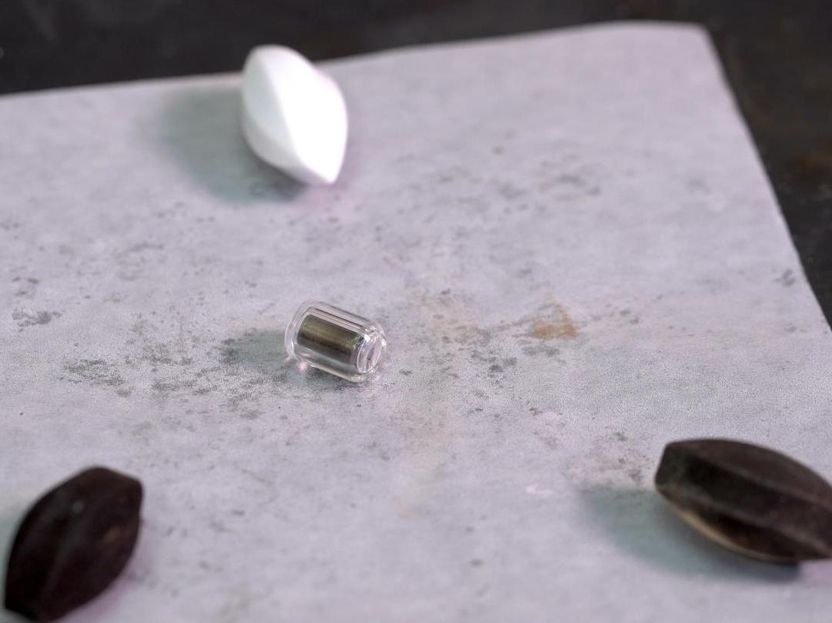How tiny organisms make a big impact on clean water
Nearly every body of water, from a puddle or a pond to a vast ocean, contains microscopic organisms that live attached to rocks, plants, and animals. These so-called sessile suspension feeders are critical to aquatic ecosystems and play an important role in cleaning up environmental contaminants by consuming bacteria. A study published by Cell Press on October 15 in the Biophysical Journal reveals that by actively changing the angle of their bodies relative to the surfaces, these feeders overcome the physical constraints presented by underwater surfaces, maximize their access to fresh, nutrient-rich water, and filter the surrounding water.
"Our findings will allow scientists to make better estimates about how much water each of these tiny organisms can filter and clean, which can help us to make better estimates about how quickly bodies of water can recover after contamination caused by oil spills and sewage leaks," says lead study author Rachel Pepper of the University of California, Berkeley.
Microscopic sessile suspension feeders, which are made up of only one or a few cells, use hair-like or whip-like appendages to draw nutrient-rich fluid toward their bodies, filtering up to 25% of the seawater in coastal areas each day. Because they live attached to surfaces, they potentially face several challenges while they feed. For example, currents encounter resistance and slow down when they flow across these surfaces, interfering with the ability of suspension feeders to efficiently extract nutrients. The way that currents interact with surfaces may also cause water to recirculate around suspension feeders after the nutrients have been consumed.
To examine how the tiny organisms overcome these challenges, Pepper and her team used a combination of experiments and calculations. They observed that a protozoan called Vorticella convallaria actively changes its body orientation relative to the surface to which it is attached, in contrast to previous models, which assumed that sessile suspension feeders always feed at a perpendicular angle. The new model revealed that feeding at a parallel or other non-perpendicular angle substantially increases the amount of nutrients the organisms can extract from their surroundings by reducing both fluid resistance and the recirculation of nutrient-depleted water.
"We know very little about the processes microbes use to remove and recycle contaminants," Pepper says. "Our study shows that fluid flows at the scale of individual small organisms, when aggregated, can be important contributors to maintaining the quality of natural waters."
Original publication
Pepper et al.: "A New Angle on Microscopic Suspension Feeders near Boundaries.", Biophysical Journal, 2013
Most read news
Original publication
Pepper et al.: "A New Angle on Microscopic Suspension Feeders near Boundaries.", Biophysical Journal, 2013
Organizations
Other news from the department science

Get the chemical industry in your inbox
By submitting this form you agree that LUMITOS AG will send you the newsletter(s) selected above by email. Your data will not be passed on to third parties. Your data will be stored and processed in accordance with our data protection regulations. LUMITOS may contact you by email for the purpose of advertising or market and opinion surveys. You can revoke your consent at any time without giving reasons to LUMITOS AG, Ernst-Augustin-Str. 2, 12489 Berlin, Germany or by e-mail at revoke@lumitos.com with effect for the future. In addition, each email contains a link to unsubscribe from the corresponding newsletter.
Most read news
More news from our other portals
Last viewed contents
Tetraspanin
Grapefruit Juice and Medication Can Be a Dangerous Mix

Ultra-compact phase modulators based on graphene plasmons
RasMol
Metabolically engineered E. coli producing phenol
Category:Protein_targeting


























































